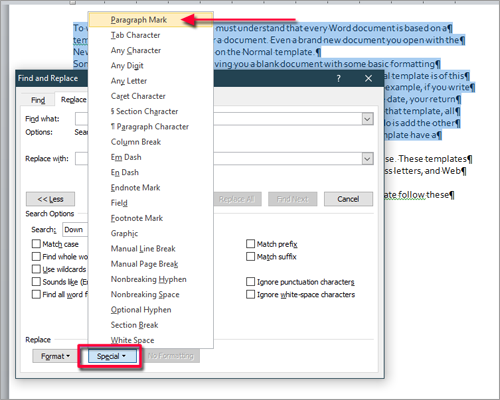

The AutoFormat As You Type tab of the AutoCorrect dialog box. Make sure the AutoFormat As You Type tab is selected.(Choose AutoCorrect Options from the Tools menu if you are using Word 2002 or Word 2003.) Word displays the AutoCorrect dialog box. Choose AutoCorrect from the Tools menu.This feature of Word is controlled by following these steps: This is not the only three characters that result in this type of replacement-characters for lines-but if you don't know the source of the line, it can be frustrating. For instance, if you type three underlines on a new line, and then press Enter, you get a solid line that extends the width of your document.

One such liberty is the adding of borders to paragraphs based on what you type. Ridiculous that Excel requires you to spend ages on simple problems like this.Word, by default, takes some liberties with what you type. You could perhaps use SUBSTITUTE to replace NL with % or something like that. I realise that my circumstances are not the same as everyone else's but it may help. Keeping all of sheet 2 selected, Find-and-replace % with nothing at all. So now sheet 2 only contains text, most of which is cells containing a single %.Ĥ. Select all of sheet 2, copy, and paste special / values. For me, this meant that all the cells with just one or two invisible NLs now appeared as % in sheet 2.

In sheet 2, R1C1, enter the formula =IF(LEN(Sheet1!RC)<5,"%",Sheet1!RC) where "%" is any convenient character that does not appear in sheet 1. Create sheet 2 to receive the manipulated data from sheet 1.Ģ. Eventually I realised that a combination of CLEAN and a few other things did the job.ġ. Using a Mac, and latest Excel, I couldn’t get any of the find-and-replace ideas to work. I had a situation where I had some cells with NLs in text, which I wanted, and a large number of cells with one or two spurious NLs that I wanted rid of.
Word for mac line breaks how to#
Then see how to find the line breaks in Excel, and replace them with space characters.Īuthor Debra Dalgleish Posted on JCategories Excel tips Watch this short video, to see the steps for adding a line break in a cell.

Word for mac line breaks code#
Why does that work? A line break is character 10 in the ASCII character set, and the Ctrl + J shortcut is the ASCII control code for character 10. Instead of using Alt + Enter, you can use a special shortcut to enter a line break in the Find What box: Ctrl + J Excel won’t let you put that shortcut into the Find What box. However, if you try to type Alt + Enter in the Find What box, you’ll just hear a beep from your computer. To find specific text in Excel, you can use Ctrl + F to open the Find and Replace dialog box. Line breaks are easy to add, but a little trickier to remove. But how can you find and replace line breaks in Excel? You can put one or more line breaks in a cell, to make the contents easier to read. When you want to create a line break (line feed) in a cell, you press Alt + Enter, to start a new line.


 0 kommentar(er)
0 kommentar(er)
